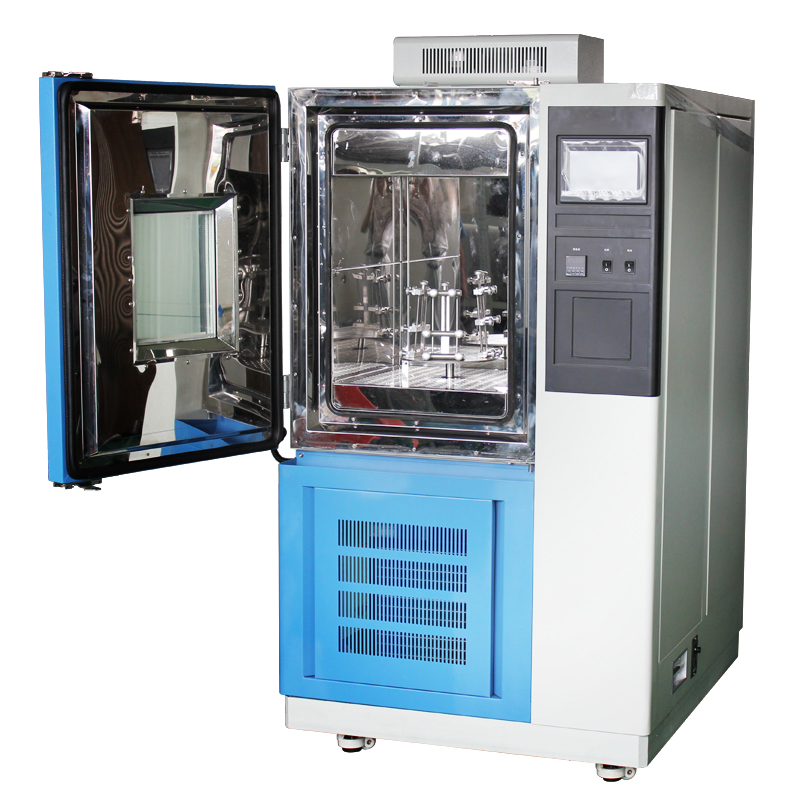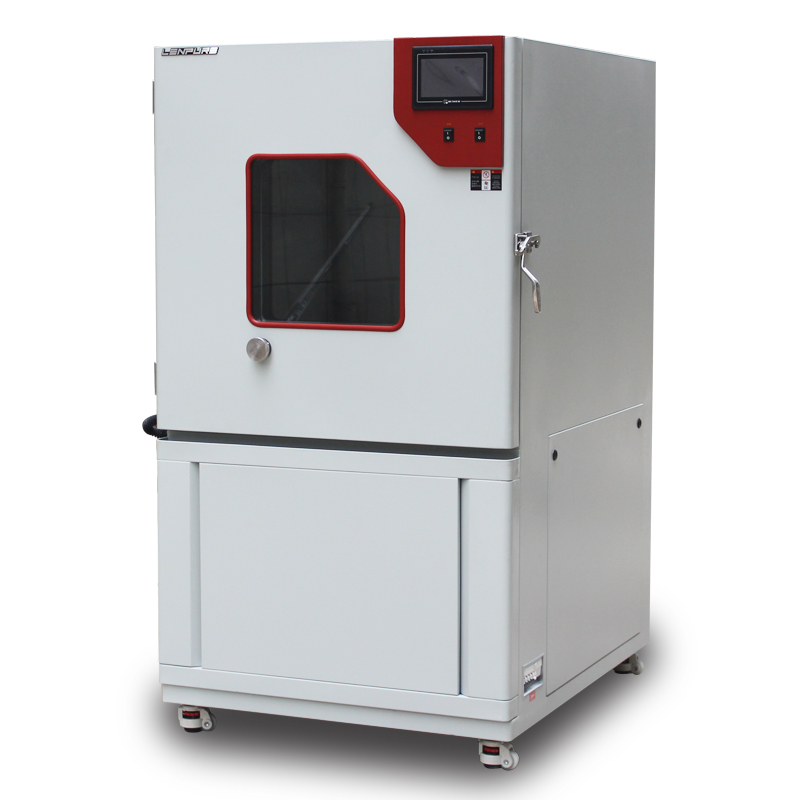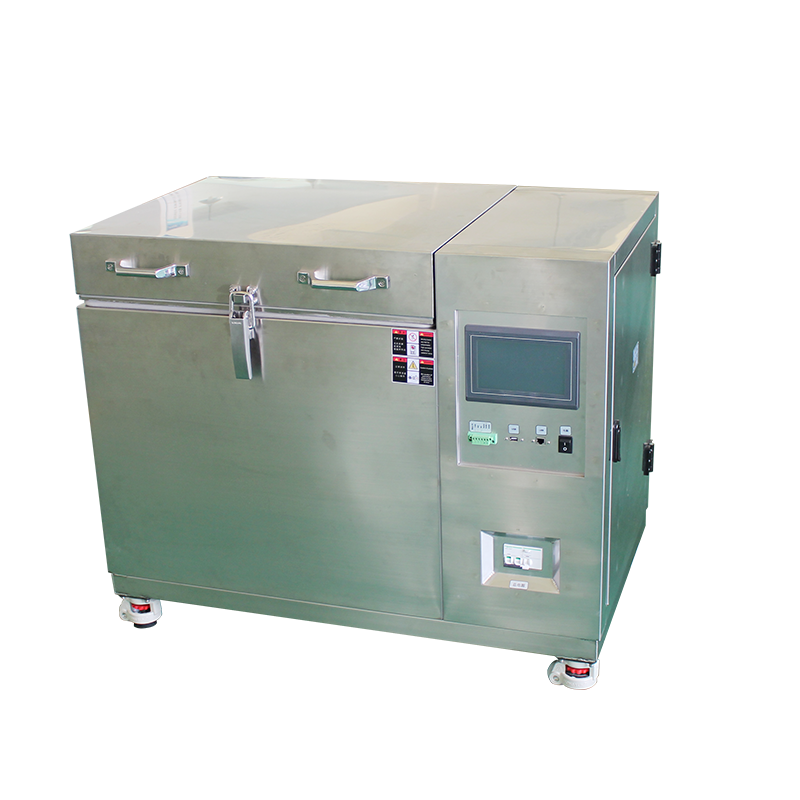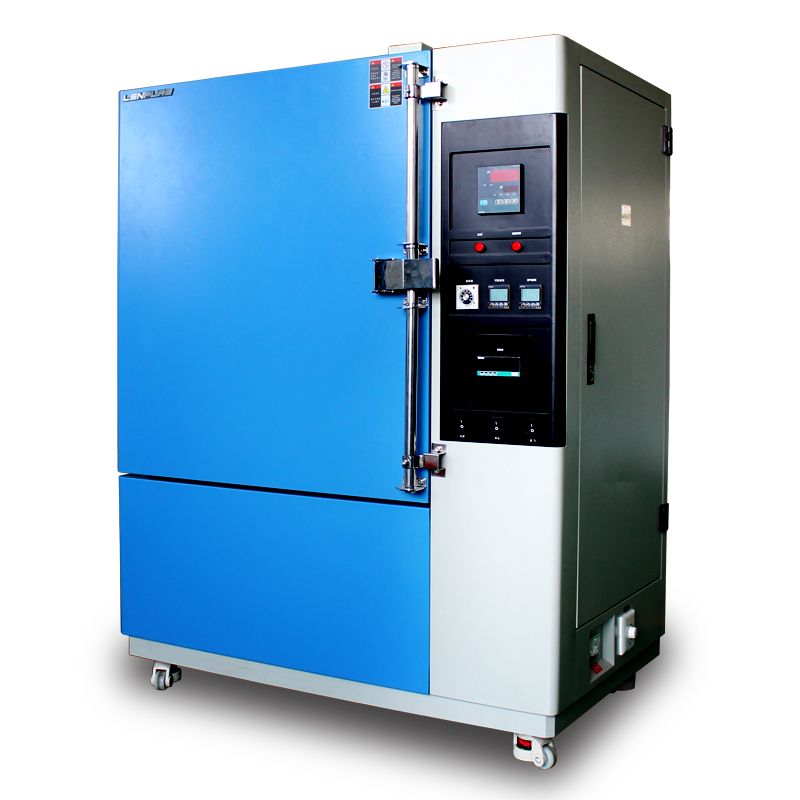What is the normal gas flow rate for an Ozone Resistance Test Chamber?
Author:LINPIN Update Time:2025-04-30 Source:LINPINThe normal gas flow rate for an Ozone Resistance Test Chamberr typically depends on the specific test requirements and the equipment's specifications. Below is a detailed analysis of the gas flow rate in ozone aging test chambers:
1. Normal Range
Generally, the gas flow rate in an Ozone Resistance Test Chamber ranges between 8–16 mm/s, while some equipment may have a range of 12–16 mm/s. To ensure adequate exposure of test samples to the ozone environment, the test chamber should be equipped with a device to adjust the average flow rate of ozonated air to no less than 8 mm/s, preferably between 12 mm/s and 16 mm/s. This range helps ensure uniform ozone concentration exposure, simulating real-world ozone aging conditions that materials may encounter.

2. Influencing Factors
- Equipment Model and Manufacturer: Different models and manufacturers may provide ozone aging test chambers with varying gas flow rate ranges.
- Test Standards and Sample Characteristics: The appropriate gas flow rate should be set according to specific test standards and sample properties. For example, ASTM D1149 mentions that an internal circulation fan can be switched to a speed of 60 cm/s (≈200 mm/s) if required, indicating that higher flow rates may be necessary for certain test conditions.
3. Calculation and Adjustment of Gas Flow Rate
- Calculation Method: The flow rate of ozonated air can be calculated by dividing the measured gas flow rate in the chamber by the effective cross-sectional area perpendicular to the airflow.
- Adjustment Device: The ozone aging test chamber should include an adjustment device to regulate the gas flow rate as needed.

4. Key Considerations
- Flow Rate Stability: The gas flow rate should remain stable during testing to avoid excessive fluctuations that could affect results.
- Flow Rate Monitoring: Regular monitoring and recording of the gas flow rate are necessary to ensure it stays within the specified range.
- Comprehensive Control: In addition to gas flow rate, other test conditions such as ozone concentration, temperature, and humidity must be strictly controlled to ensure accurate and comparable test results.
In summary, the gas flow rate in an Ozone Resistance Test Chamber should be adjusted and monitored based on test requirements and equipment specifications. Proper setting and regulation of the gas flow rate ensure uniform ozone exposure, enabling accurate evaluation of a material's ozone aging resistance.





